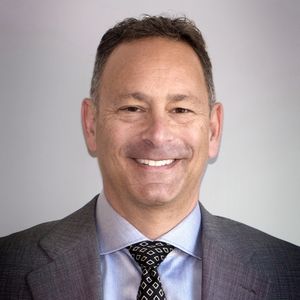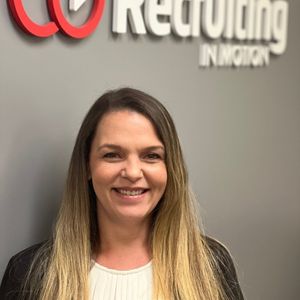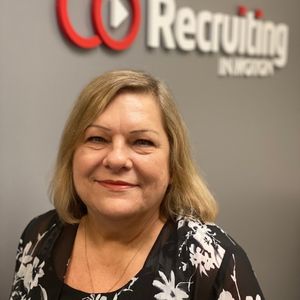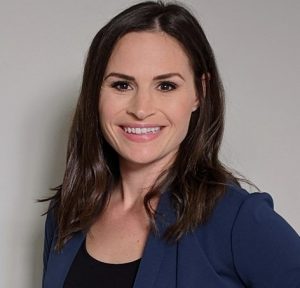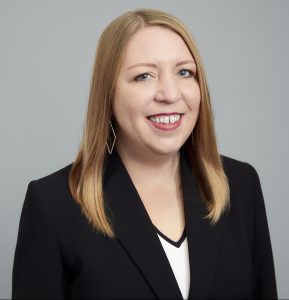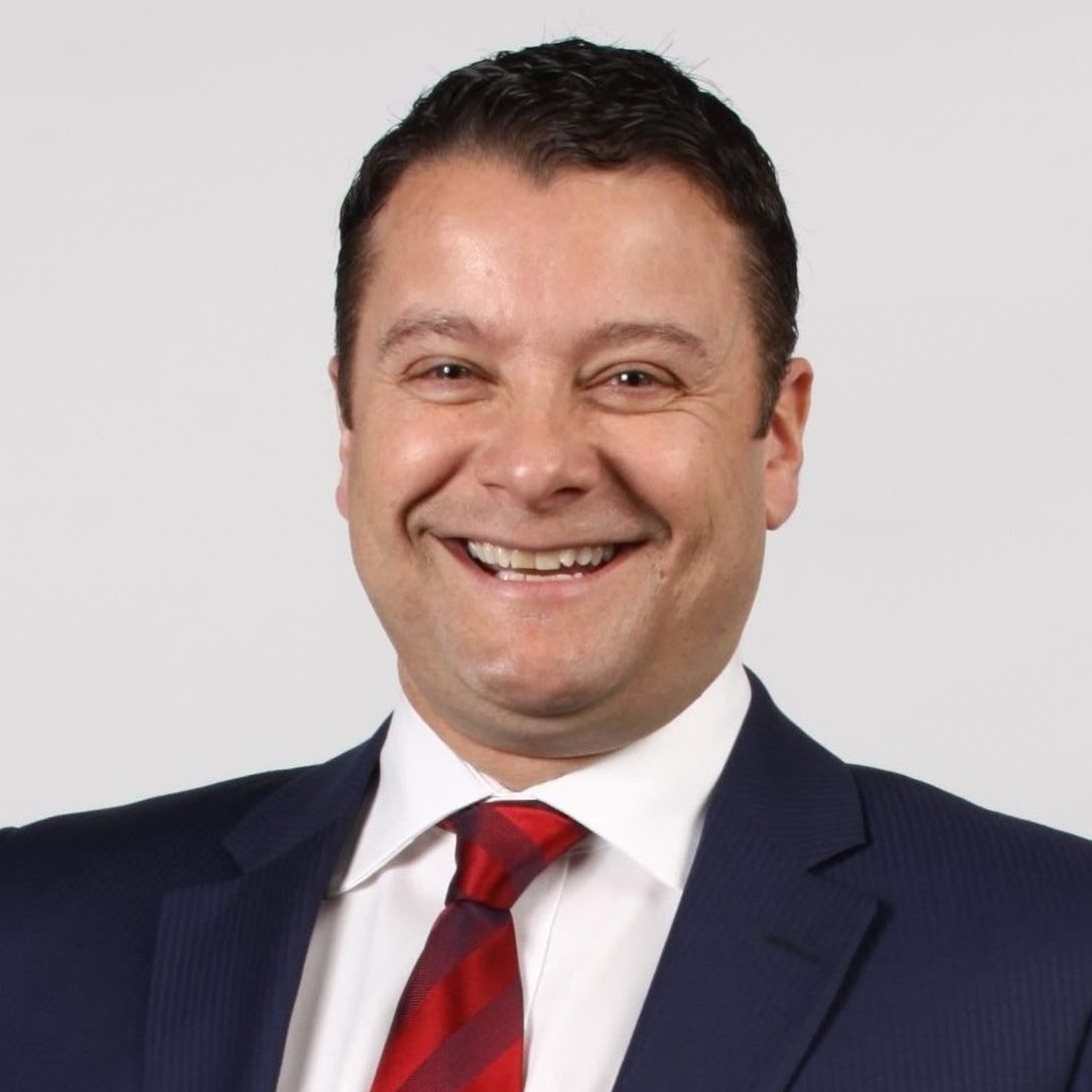Removing, reshuffling, and reaffirming your resume can be the key to the future of your career – but how do you know you’re on the right track?
Most web resources dedicated to employment will go on at great lengths about resumes, as if some magic phrase or a specific arrangement of words will move a company to fling open its doors to you. Resumes, however, aren’t an exact science. What may result in rejection from one company might be exactly what another company is looking for. It’s a careful game of touch-and-go, but where do you start?, And most importantly, how do you click that ‘Apply’ button feeling confident that your resume will be seen and appreciated?
First and foremost, it’s important that your resume is a true reflection of your skillset and your experience. If you have a resume that gets responses, and which you’ve kept updated with new skills and experience as you accrue them, then by all means keep using it! For those who are just beginning to tailor their resumes, we spoke with a few recruiters and staffing consultants in the Recruiting in Motion family to see if they could give us the goods on exactly what it is that recruiters are really looking for when it comes to the perfect resume.
“I like to tell candidates that their resume is their personal ad, just like ads we see in magazines,” says Kathy Kozlov, a recruiter at RIM’s North York location. “Their resume needs to have the ability to grab the attention of the client by its appearance and the quality of information in it.”
Kathy is absolutely right. While a strong cover letter or internal recommendation is extremely advantageous, your resume is often the first point of contact with the company you’ll be interviewing with. Making sure you’re doing enough to highlight and advertise your skills is absolutely imperative to getting a call back.
Further, while you might be hoping to stand out with decorative paper and special fonts, Kathy informs me that you should really let your resume speak for itself: “Your resume should have the same flow throughout the entire resume: same font, size, headings, bullet points, nothing should look out of place. Alignment is key as well.” Inconsistencies in how your resume is presented can throw off and confuse potential employers, and when you only have their attention for an average of eight to ten seconds, using consistent headings, bullets, and font sizes will quickly and smoothly guide the recruiter through the key points of your resume.
It is also crucial to make sure that your resume is concise and tells a story. Recruiters and human resource professionals are most interested in your recent positions, so be sure to include as much detail as you can without going overboard. Your best bet is to review the company’s job description for key phrases that match your skill set, and make sure those phrases are prominent within your resume.
“When updating a resume, don’t just add your most recent job and be done with it,” explains Dave Tih, a partner with RIM’s downtown Toronto office. “Take a step back and see how your roles fit together. Can you build a story of progression and increasing responsibility/complexity with each successive role? How much space do you allocate for each job? The job from 1994 to 1997 should have minimal bullets compared to the role from 2012 to present.”
Kathy is in firm agreement with Dave: “The ‘meat’ of your resume should be in your most recent roles, whereas other roles should have just a few points about the responsibilities you had. Certainly anything over ten to twelve years old doesn’t need to include the same level of detail.”
Also, just like any other well-written document, Dave insists that you ‘understand your audience’. “Think about what your future boss wants to know about your experience, and what is relevant to them from a hiring perspective.” You should be specifically tailoring your resume to a few key people for each company to whom you apply. While this may seem tedious for an active job seeker, it pays off in droves. Taking the time to do some research on the company, aligning yourself with their goals and mission statement, reading up on your potential new boss – all of these factors contribute to the development of a resume that’s perfect for the role you’re applying for.
Instead of writing one perfect resume that will ensure you interviews each and every time, the best idea is to have a fluid, customizable ‘base’ resume that you can revise depending on the role, company and manager you’re applying to. This way, you can be sure that whoever is on the receiving end of your resume is making the best use out of those eight to ten seconds.
Loving these tips? Follow us on LinkedIn for daily content regarding your job search!










